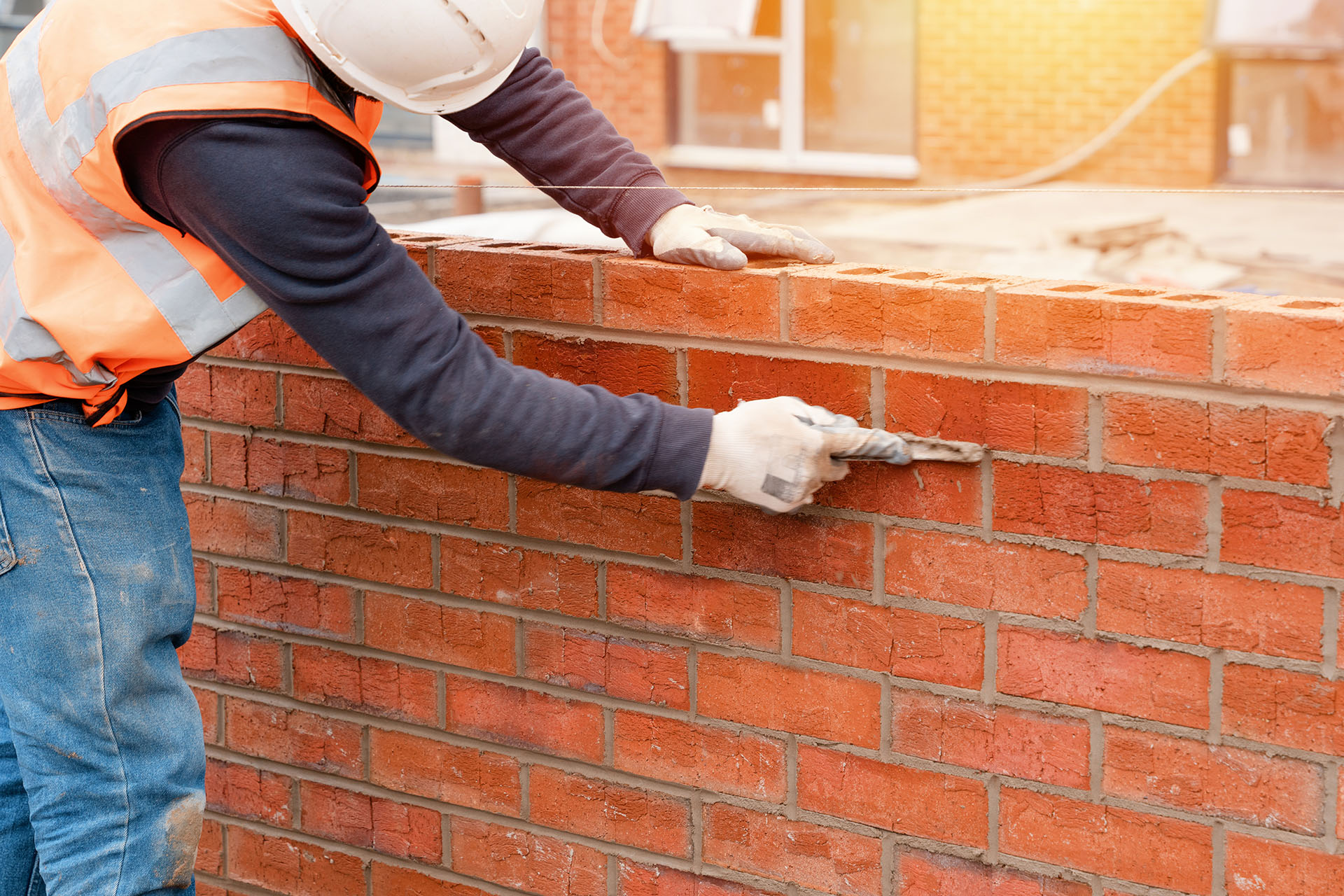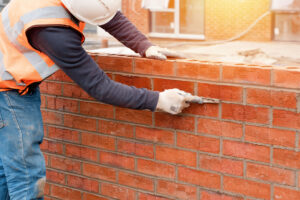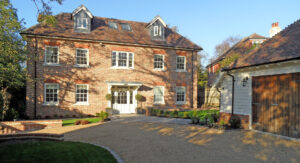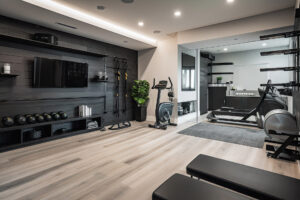Originally brickwork consisted of sun-dried clay. The Romans, as with so many things are credited with introducing the concept of burning of clay. Interestingly the art of brickwork was said to be lost when the Romans left Britain although we will never know for sure, and it wasn’t until about the 14 th Century when bricks started to be imported from the Netherlands that brickwork started to play its part again in the architecture of Britain. During the time without bricks, so to speak, we very much built from timber. To some extent it was this running out of timber that made us think of how else to build.
Brickwork wasn’t really used in domestic architecture until the 16th Century due to its general scarcity and the cost. We then need to move rapidly to the 19th and 20th Century and 21st Century when the original handmade bricks moved to a more automated process with the industrial revolution giving the means of transport to allow us to have bricks throughout the country. Prior to that the predominance of brick was very much dependent upon the natural resources available in the area with most small towns having their own brickworks and if the area didn’t have clay it would have its own quarry.
It wasn’t until transportation costs were reduced with the coming of the steam and industrial age and mass production techniques were also developed that Britain really started building in bricks. As often seems to be the case wherever something is used a lot there is always a drawback and in this case it was the brick tax of 1850. This led onto the famous saying ‘daylight robbery’ which related to the window tax which was later brought in after the brick tax; it is said that it meant that many people bricked up their windows and hence the term ‘daylight robbery’.
The Construction Process
Following excavation and installation of foundations, bricklayers erect cavity walls that consist of an inner and outer skin.
The inner skin is the main structural element, which supports internal floors and the roof structure. It is constructed using concrete blocks laid on beds of sand and cement mortar.
The outer skin is the first line of protection against the elements and provides the aesthetic element to the structure. It is constructed using brick, stone or blockwork, which can take a number of finishes. The two skins are connected by steel wall ties and separated by a cavity that is partially or fully filled with insulation.
Internal floors can be constructed using timber joists, composite timber I beams, or one of the precast concrete systems available. The roof is usually traditional cut timber or prefabricated truss construction.
Once the roof is completed and the windows and doors are fitted, the building is watertight the internal trades can get underway. The internal face of the blockwork can take a range of finishes including ‘dot and dab’ plasterboard and wet plaster.
What is brick bonding?
Brick bonding is the pattern in which bricks are arranged in a structure such as a wall or column. Very broadly, bricks can be laid as soldiers (standing upright), stretchers (laid lengthwise along the wall) or headers (laid width wise along the wall).
Bricks are typically laid to an offset pattern to maintain an adequate lap between joints from one course to the next and to ensure that vertical joints are not positioned above one another on consecutive courses.





